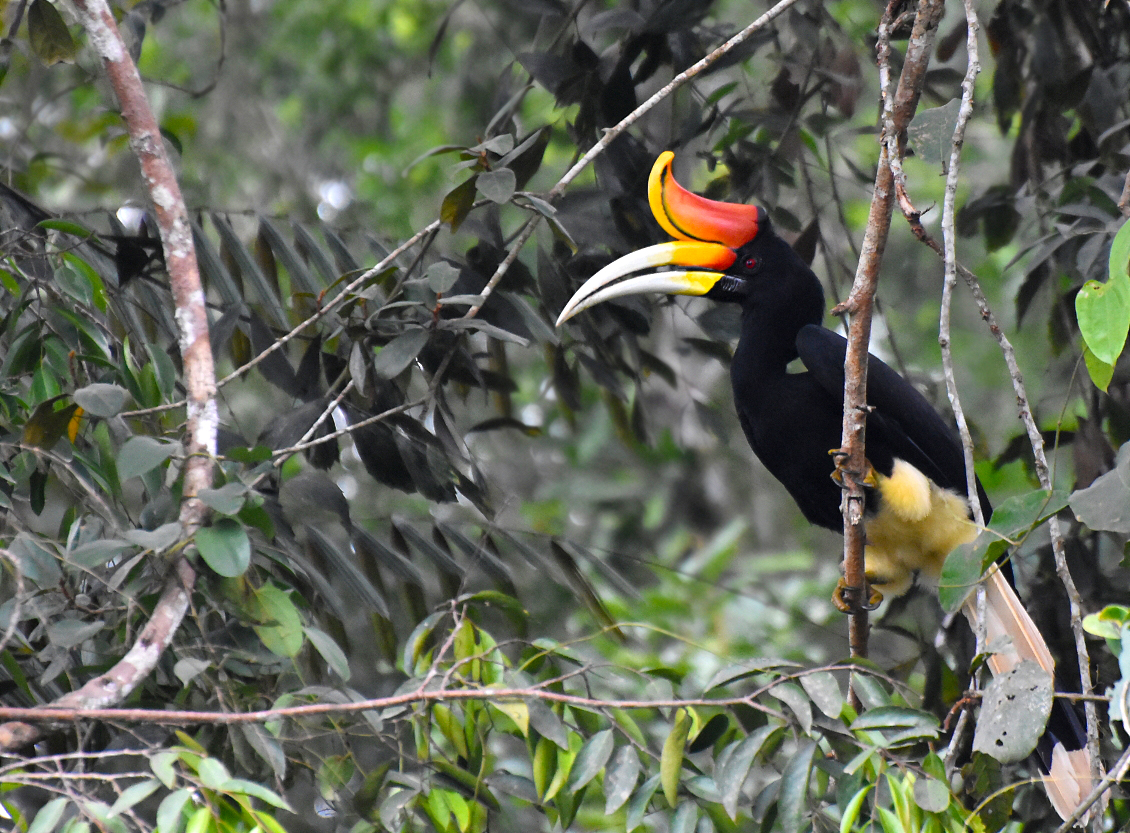RER Marks 5th Year with Biodiversity Increase, Zero Fire, Community Support
RER welcomes UN Declaration of Decade of Ecosystem Restoration
“The United Nations’ recent declaration of a Decade of Ecosystem Restoration commencing in 2021, to restore 350 million hectares of degraded land by 2030, sends the strongest signal yet that ecosystem restoration is not only critical to the reduction in global greenhouse gas emissions, it also has a vital role to play as an agent of sustainable development”.
In his foreword to the latest Restorasi Ekosistem Riau (RER) Progress Report, Bey Soo Khiang, RGE Chairman and Chairman of the RER Advisory Board, marked the program’s fifth anniversary by acknowledging the increasing global recognition of ecosystem restoration as a strategy to mitigate the impact of climate change and protect biodiversity.
This insight is supported by the 2018 Progress Report, which highlights biodiversity gains alongside the role of local communities in the area’s continued fire-free status.
Established in 2013 by APRIL, RER is a collaborative project that brings together private and public organisations to restore and conserve biodiversity and carbon stocks in 150,000 hectares of peatland forest situated on the Kampar Peninsula and Padang Island in Riau Province, Sumatra. This area is approximately the size of London and represents one of the largest remaining Sundaic lowland tropical peat forests in Sumatra.
Biodiversity Gains
The 2018 Progress Report notes that RER had a net increase of 42 plants and animals in its biodiversity list from 717 species in 2017 to 759 species in 2018. This included 36 plants, one mammal, and five bird species. Over 6,700 trees were planted to restore 58 hectares of degraded forest during the year.
Meanwhile the completion of a BirdLife International monitoring assessment on management and conservation activities on the Kampar Peninsula revealed that 304 bird species are now present in the area, up from the 128 species previously identified.

The Rhinoceros Hornbill (Buceros rhinoceros), categorized as Vulnerable (VU) in the IUCN Red List, one of the 304 bird species to be found in the RER area.
A further milestone was the publication of a report – Mammals of the Kampar Peninsula: An Annotated Checklist, highlighting the presence of 73 mammals, including 17 globally threatened species. Two species listed as critically endangered in the IUCN Red List of Threatened Species, the Sumatran Tiger (Harimau Sumatera) and the Sunda Pangolin (Manis javanica), were both recorded and documented.
The Progress Report also notes cooperation between the RER team and local conservation agency, the Riau province Natural Resource Conservation Agency (BBKSDA), to control the seasonal collection of sunbirds for songbird competitions which, if allowed to continue without limitation, may threaten the local population.
Fire Free
2018 was another fire free year for RER. For the fourth consecutive year, no hotspots or fires occurred inside the RER forest area. This is the result of direct engagement with neighbouring communities to implement fire prevention programs as well as daily patrols to also engage with forest users and fishermen to ensure they do not use fire for land clearing activities.
Hydrological restoration was another area of progress with 30 dams constructed, resulting in the closing of 13 canals stretching a total of 38.1 km. To date, RER is 38% towards its 10 year goal, having now closed 21 canals, totaling 65.4 km, with 53 dams built.
Community and Collaboration
The Progress Report also highlights work with communities living near the RER area. In 2018, RER supported eight community groups covering 16 ha to maintain and create no-burn vegetable farms. On Padang Island, RER also piloted a catfish aquaculture program with the community. The first fish harvest, in September 2018, generated US$7,350 in additional income for the community.
None of this would have been achieved without RER’s partners, including Fauna & Flora International, and local NGOs BIDARA and Laskar Alam. In acknowledging the efforts of the colleagues and partners who have worked on the RER program, Mr. Bey said: “The past five years, we have made real progress and collectively assembled a wealth of insight and knowledge. This head start on the UN’s Decade of Restoration provides us with an opportunity to share our experience and contribute to a global program of lasting significance”.
The report can be downloaded here.




